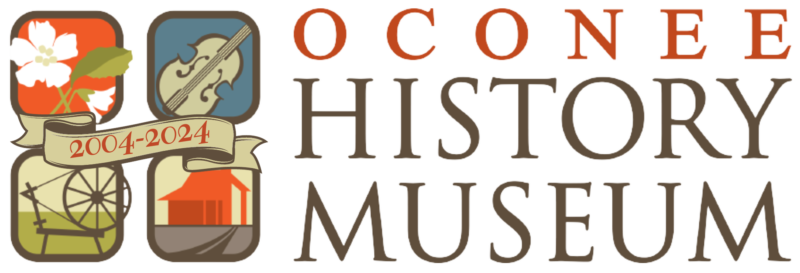Paleo Period 10,000 – 8,000 BC
The Paleo Period is the end of the Ice Age. Paleo Indians used simple tools they made by “knapping” which is the process of flaking stone into useful shapes. The people during this time lived a “survival” lifestyle in which they hunted small animals and gathered wild plant foods. They also hunted large animals which provided protein and fat. The Paleo-Indians were nomadic and did not raise crops nor did they make pottery.
Archaic Period 8,000-1,000 BC
One of the most important advancements in hunting during the Archaic Period was the atlatl which was a spear thrower that increased the force and distance a spear could be thrown. Deer, rabbits, bear and other animals were hunted. Clay pottery was first made during the Archaic Period. Pottery first appears in South Carolina around 2,500 BC, earlier than anywhere else in the United States. Many wild plants were collected during this time which allowed for a food surplus. Therefore, they began to take on a more sedentary lifestyle and cultivate plants like sunflowers.
Woodlands Period 1,000 BC-AD 600
The use of the Bow and Arrow developed during the Woodland Period. Woodland Indians lived in semi-permanent villages. Cultivation of plants expanded and pottery became more diverse. Trade expanded between coastal Indians and those living in the interior. Around 200 BC, people acquired a plant called “tropical flint” which was the forerunner of corn.
Mississippian Period AD 600-1500
Indians during the Mississippian Period relied more on agriculture which allowed for permanent villages. Earthen mounds were built in some villages and used for several purposes. The Mississippian Period was the zenith of cultural development in the prehistoric Southeast. Indians experienced a development of complex social, political and religious systems. Long-distance trade was established in the eastern United States during this period. This allowed Indians access to materials that were unavailable in their own territories.
Prehistory – 1783
Cherokee towns have been located along rivers throughout the Southern Appalachians for two thousand years or more. At the center of each town a council house held the sacred fire symbolizing the creator, and provided a place for people to gather. Mounds were built in some towns, but not all.
 Cherokee men led the people as peace chiefs and war chiefs while Cherokee women led as clan mothers. Children became members of their mother’s clan, and the seven clans organized much of Cherokee life. Cherokee women owned their houses, outbuildings, and fields, and cultivated hundreds of acres around each village. Women directed agriculture while men helped when needed in the fields. Men were responsible for trade, war, hunting and fishing. Men and women’s roles balanced each other and both were considered important.
Cherokee men led the people as peace chiefs and war chiefs while Cherokee women led as clan mothers. Children became members of their mother’s clan, and the seven clans organized much of Cherokee life. Cherokee women owned their houses, outbuildings, and fields, and cultivated hundreds of acres around each village. Women directed agriculture while men helped when needed in the fields. Men were responsible for trade, war, hunting and fishing. Men and women’s roles balanced each other and both were considered important.
Cherokee field and garden crops included flour corn, cornfield beans, bottle gourds, summer squash, winter cushaw squash and chenopodium, known as goosefoot.

